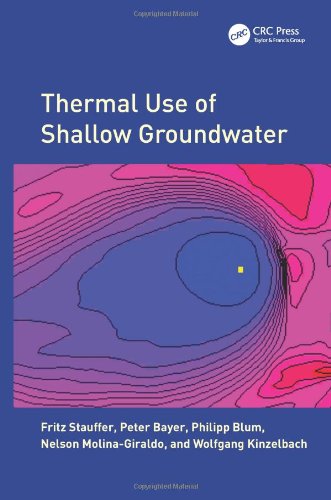

Most ebook files are in PDF format, so you can easily read them using various software such as Foxit Reader or directly on the Google Chrome browser.
Some ebook files are released by publishers in other formats such as .awz, .mobi, .epub, .fb2, etc. You may need to install specific software to read these formats on mobile/PC, such as Calibre.
Please read the tutorial at this link: https://ebookbell.com/faq
We offer FREE conversion to the popular formats you request; however, this may take some time. Therefore, right after payment, please email us, and we will try to provide the service as quickly as possible.
For some exceptional file formats or broken links (if any), please refrain from opening any disputes. Instead, email us first, and we will try to assist within a maximum of 6 hours.
EbookBell Team

4.3
38 reviewsThe thermal use of the shallow subsurface is increasingly being promoted and implemented as one of many promising measures for saving energy. A series of questions arises concerning the design and management of underground and groundwater heat extraction systems, such as the sharing of the thermal resource and the assessment of its long-term potential. For the proper design of thermal systems it is necessary to assess their impact on underground and groundwater temperatures.
Thermal Use of Shallow Groundwater introduces the theoretical fundamentals of heat transport in groundwater systems, and discusses the essential thermal properties. It presents a complete overview of analytical and numerical subsurface heat transport modeling, providing a series of mathematical tools and simulation models based on analytical and numerical solutions of the heat transport equation. It is illustrated with case studies from Austria, Germany, and Switzerland of urban thermal energy use, and heat storage and cooling.
This book gives a complete set of analytical solutions together with MATLAB® computer codes ready for immediate application or design. It offers a comprehensive overview of the state of the art of analytical and numerical subsurface heat transport modeling for students in civil or environmental engineering, engineering geology, and hydrogeology, and also serves as a reference for industry professionals.